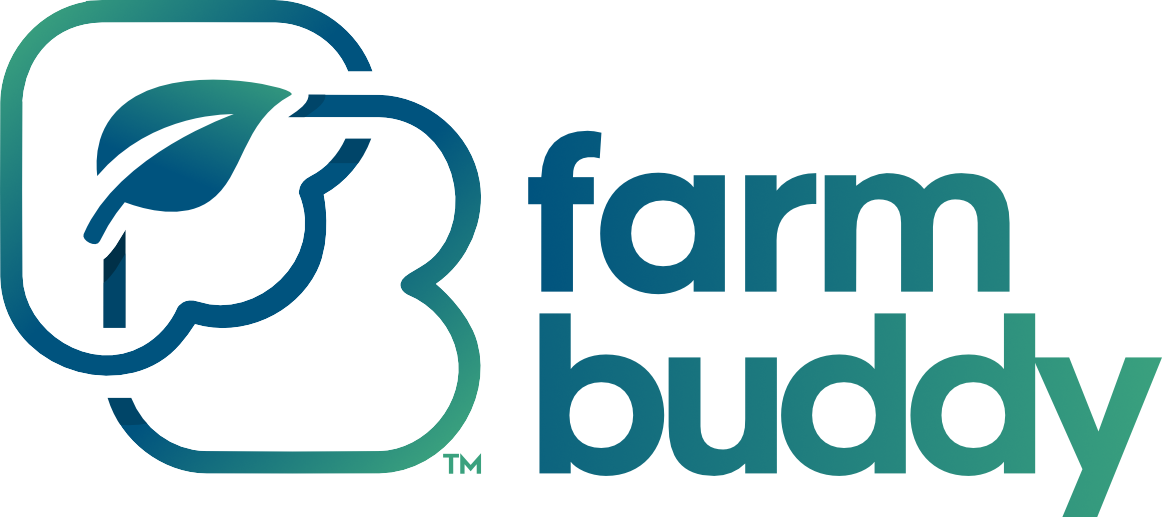Starting a fish farm in Lagos, Nigeria, can be a rewarding venture whether you’re a seasoned farmer or a backyard poultry owner looking to diversify. Here’s a step-by-step guide to get you started on this exciting journey.
Why Start Fish Farming in Lagos?
Fish farming in Lagos is booming due to the high demand for fish, which constitutes over 40% of the local protein intake. This makes it a profitable venture with the right approach. Plus, Lagos has supportive initiatives from the government to enhance local fish production and market opportunities.
Step-by-Step Guide to Starting Your Fish Farm
- Choose the Right Location
- Water Supply: Ensure a consistent and clean water supply. Lagos’ coastal location is ideal for both freshwater and brackish water fish farming.
- Climate: Lagos’ warm climate is perfect for fast fish growth, but ensure your ponds are shaded during extremely hot periods to maintain optimal temperatures.
- Select Your Fish Species
- Catfish: Highly popular and easier to farm with high market demand.
- Tilapia: Grows quickly and can be farmed alongside other fish species using integrated multitrophic aquaculture (IMTA).
- Construct Your Fish Ponds or Tanks
- Types: Options include concrete ponds, earthen ponds, or plastic tanks. Concrete ponds are durable but more expensive, while earthen ponds are cost-effective but need more maintenance.
- Size: Start small with a manageable number of ponds and expand as you gain experience.
- Equip Your Farm
- Pipes and Pumps: Essential for water circulation and aeration.
- Filters: Both mechanical and biological filters to keep water clean.
- Feeding Equipment: Automated feeders can help manage feeding schedules and reduce waste.
- Water Testing Kits: To regularly check pH levels, ammonia, nitrite, and nitrate.
- Stock Your Ponds
- Fingerlings: Buy from reputable hatcheries to ensure healthy stocks.
- Stocking Density: Follow recommended densities to avoid overcrowding and stress on the fish.
- Feed and Maintain Your Fish
- Quality Feed: Invest in high-quality feed like Olam Agri’s Eco-Float feed to reduce waste and enhance growth. Floating feeds help monitor feed intake and reduce water pollution.
- Health Management: Regularly check your fish for signs of disease and maintain clean water conditions.
- Harvesting and Selling
- Harvesting: Use seine nets or hand nets for harvesting. Plan your harvest based on market demand to ensure you get the best prices.
- Market Your Fish: Build relationships with local fish markets, restaurants, and even consider online sales. Exporting is also an option if you have the capacity.
Cost and Investment
- Initial Setup: Depending on the scale, initial setup costs can range from ₦500,000 to ₦5,000,000.
- Ongoing Costs: Include feed, water, maintenance, and labor. Plan for these recurring costs to ensure sustainable operations.
Tips for Beginners
- Start Small: Gain experience with a few ponds before scaling up.
- Continuous Learning: Attend workshops and training sessions. The Lagos State Government and various NGOs often hold training sessions for new farmers.
- Networking: Join local fish farmers’ associations like the Lagos State Catfish and Allied Farmers Association (LASCAFAN) to gain insights and support.
Contact Us
Ready to start your fish farming journey? Reach out to us for high-quality fingerlings, expert advice, and all the equipment you need to get started. You can contact us via the Whatsapp button on this site.
With the right approach and resources, you can build a thriving fish farm in Lagos. Happy farming!
FAQs on Fish Farming in Lagos, Nigeria
What are the best fish species to farm in Lagos?
For beginners in Lagos, catfish and tilapia are excellent choices. Catfish are highly popular due to their market demand and ease of farming, while tilapia grows quickly and can be raised using integrated multitrophic aquaculture (IMTA) methods. These species are suitable for the local climate and offer good returns on investment.
How do I start a fish farm in Lagos?
Starting a fish farm involves selecting a suitable location with a reliable water supply, constructing ponds or tanks, and equipping your farm with necessary tools like pumps, filters, and feeders. Stock your ponds with healthy fingerlings from reputable hatcheries, and ensure proper feeding and water quality management. Begin with a small setup to gain experience before scaling up.
What are the costs associated with starting a fish farm?
Initial setup costs can range from ₦500,000 to ₦5,000,000, depending on the scale. These costs cover pond construction, equipment purchase, and initial stock of fingerlings. Ongoing costs include feed, water, maintenance, and labor. Using quality feed like Olam Agri’s Eco-Float can help reduce waste and lower production costs.
How can I market my fish effectively in Lagos?
You can sell your fish at local fish markets, directly to restaurants, or through online platforms. Building relationships with local traders and market managers can ensure consistent sales. High-end restaurants often seek fresh, high-quality seafood, so offering samples can attract repeat customers. Additionally, consider exporting your fish to international markets if feasible.
What support is available for fish farmers in Lagos?
There are several support initiatives from the Lagos State Government and organizations like Olam Agri, which offer training on best practices and provide quality feed. Joining local associations such as the Lagos State Catfish and Allied Farmers Association (LASCAFAN) can also provide valuable insights and networking opportunities. These supports can help enhance productivity and profitability.
